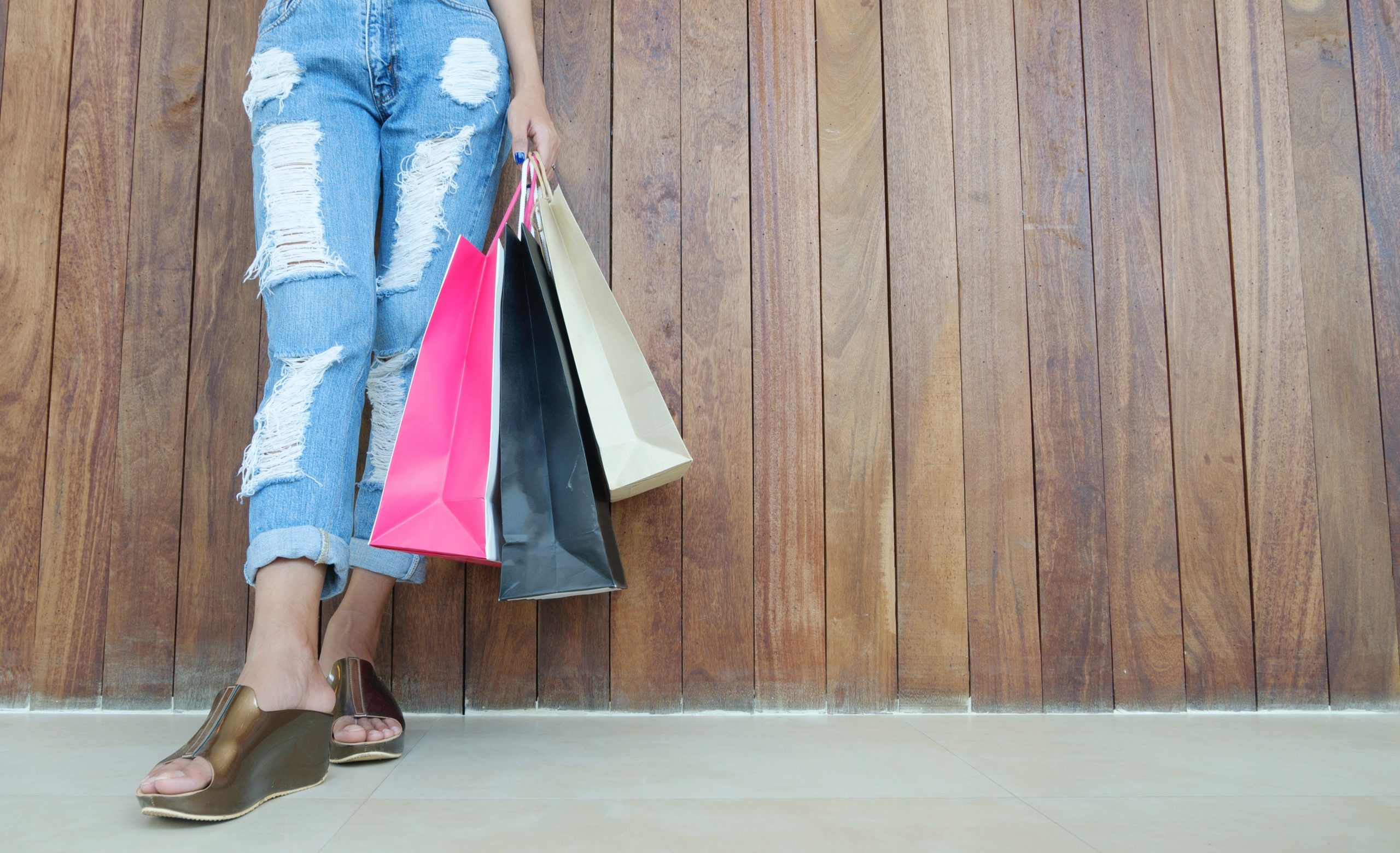Shopping serves as a great way to relieve stress or make a woman feel better. However, there is a fine line between occasional retail therapy and compulsive shopping. Some doctors refer to compulsive shopping as an addiction known as compulsive buying disorder. If you find yourself frequently buying things you may not really need, it could be an indication of a much bigger problem.
“Compulsive shopping goes hand in hand with emotions and mental health” said Dr. Susan Albers, a psychologist at Cleveland Clinic, in a press release.
If it starts to become a problem, it may be time to speak to a mental health expert about it.
Why We Do It
Albers said that compulsive shopping is used as a solution to stress, anxiety and depression.
“Spending is one way that we can fill the emotional void, escape from negative emotions and give us a temporary boost of feeling pleasure in your life,” Albers said.
Buying something triggers the release of dopamine. It’s a neurotransmitter that your body makes, sending signals to the nervous system. The dopamine feels good to your brain. Naturally, you want to experience that good feeling again. According to the Cleveland Clinic press release, it’s not really the items that are bringing you happiness. It’s the experience.
Think Before You Buy
When you are trying to combat compulsive shopping, take a moment to really think about whether or not you should make a purchase. Ask yourself these questions: Is it something that you absolutely need? How will it help your day-to-day life? Are you buying it just to make yourself feel better? Are you able to make a one-time payment for the items? Do you need to use a service that offers a payment plan? Do you feel guilty about the purchase? If you can’t justify buying it, you more than likely don’t need it.
Get Rid of Shopping Apps
Being able to buy something with a few taps on your phone is so convenient. Shopping apps are helpful, but you should use them wisely. If you can’t, the next step may be to delete them from your cell phone or devices.
“The difference between compulsive spending and healthy purchases is intention and consequences,” Albers said.
If there are apps that you use for normal needs like grocery shopping or paying for gas, those are fine to keep. Apps for clothes, shoes, purses and more may be too tempting to have at your fingertips.
Set a Budget
If you refuse to delete the shopping apps, maybe you can try setting a strict budget. Set aside a monthly allowance that can go toward your shopping needs. This should not get in the way of paying your monthly bills. It can also help you create healthy shopping habits.
“With healthy shopping, we purchase in a calm and planned manner of the things that we need,” Albers said.
If you aren’t careful, compulsive shopping could land you in trouble and not just financially.
“Compulsive shopping in contrast is done with a sense of urgency,” Albers said. “There is an emotional trigger, and it often results in emotional or financial distress.”
Consequences of compulsive shopping can include going into debt and even creating a strained relationship with your partner. If these steps don’t help you change course, reach out to a medical professional to get to the root of the problem and correct it.
